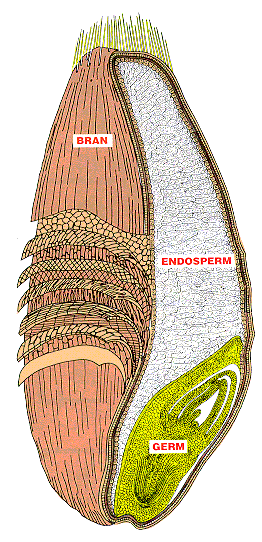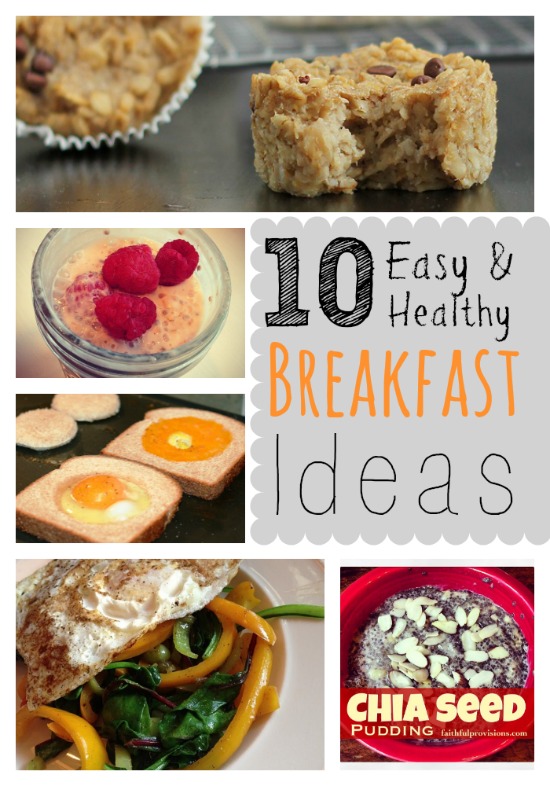 Guest post by Beth Gurley of Life’s Daily Bread
Guest post by Beth Gurley of Life’s Daily Bread
There are three main layers of a grain — bran, germ and endosperm. Read on to see just why this is so important for you to know. Your health may depend on it!
The bran is the outer layer of the grain and is the “roughage” part. It is helpful in cleansing your digestive tract by removing toxins. It is also naturally packed full of essential vitamins, minerals, and proteins. This is removed in the commercial milling process to insure “freshness” while the product sits on the shelf at your local grocery store.
The germ is the “life” of the grain. It is full of vitamins B and E. In addition, it is an excellent source of healthy fats (oils) and protein. This is removed in the commercial milling process because the fats will cause the flour to turn rancid within 72 hours of milling (not a good thing if you are a company who wants to keep bread or other grain-based products on shelves for weeks/months).
The endosperm is the starchy, white center of the grain. This is typically all that is left in commercially milled grain (“refined” grains) because the commercial process removes the bran and germ in order to increase shelf-life (sometimes indefinitely because any “living” part of the grain has been completely stripped).
Coming next week:
Benefits of Milling Your Own Wheat and Baking Your Own Bread
Read more articles in our Healthy Living Series.



